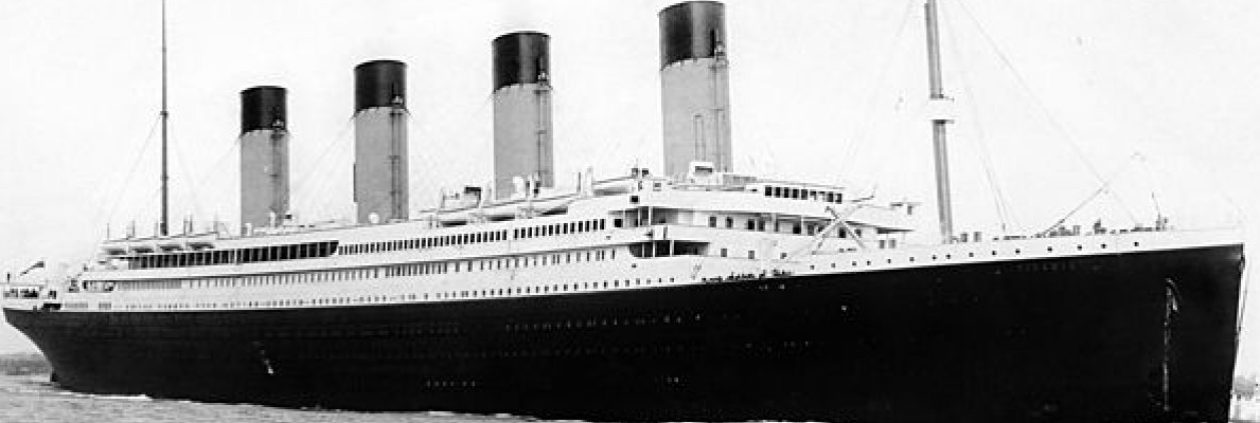A recent article in the Quad City  Times reports several people smelling a cigar odor near a sealed glass case at a Titanic exhibit. A passenger’s cigar holder is in that case fueling speculation that a spectre is at work. Ciara Tanaka, a volunteer coordinator at the museum, says the odor was “strong.” Another person who works there also detected the odor and checked a garbage can to see if it had a cigar in it. A paranormal expert, Jason Hess, states the reports are credible. “The smell of cigar smoke at the Titanic exhibit is highly credible. Artifacts, such as from the Titanic, hold energy from bodies and souls that had died quickly. The odor can be like a rewind of tapes from the past.”
Times reports several people smelling a cigar odor near a sealed glass case at a Titanic exhibit. A passenger’s cigar holder is in that case fueling speculation that a spectre is at work. Ciara Tanaka, a volunteer coordinator at the museum, says the odor was “strong.” Another person who works there also detected the odor and checked a garbage can to see if it had a cigar in it. A paranormal expert, Jason Hess, states the reports are credible. “The smell of cigar smoke at the Titanic exhibit is highly credible. Artifacts, such as from the Titanic, hold energy from bodies and souls that had died quickly. The odor can be like a rewind of tapes from the past.”
That theory is an old one called psychometry, which believes that certain gifted people are allowed to see, hear, and even smell things from the past. It is often used to explain hauntings. In theory a gifted person would be able to see whatever event the haunting is about. What often happens is simply a case of now you see it–or not type of thing. Science thus far has not confirmed the theory has any merit. So what did the people smell at the Putnam museum?
There are several possibilities. One is that they did smell something. Perhaps it was someone smoking a cigar near the building and got picked up by the outdoor air vents. Or someone might have been smoking a cigar illegally (the museum is a no-smoking zone) and its aroma was picked up and recirculated by the air conditioning system. Or it might have been something that smelled similar to cigar smoke. Another possibility is someone is playing a prank on them. Never dismiss this. It has happened before when suspected hauntings or poltergeist activity is being investigated that someone is found to be responsible for it.
There is also the power of suggestion. Our minds are curious things and can be easily fooled at times. Take waking up at night where, between being fully awake and sleeping, you see strange shapes in your room. Once you are fully awake there is nothing out of the ordinary. People having day dreams can have this happen too, where they see or hear things that are not really happening. It is possible some who smelled cigar smoke were getting into the moment, so to speak, and suddenly the smell of cigar smoke was there. In this scenario the people are reacting not to any ghostly encounter but are in a suggestive state where such things are possible.
So is there a haunted cigar holder a the Putnam museum? I suspect there are more plausible explanations than a deceased Titanic passenger enjoying a cigar at the Titanic exhibit.
Source:
Quad City Times, Spooky Cigar Smoke Adds To Titanic Mystique, 2 June 2011
References:
Baker, Robert A & Nickell, Joe. 1992. Mystic Pieces: How to Investigate Ghosts, UFOs, Psychics & Other Mysteries, Amherst, N.Y.: Prometheus Books
Nickell, Joe. 2007. Adventures in Paranormal Investigation, Lexington: University Press of Kentucky

